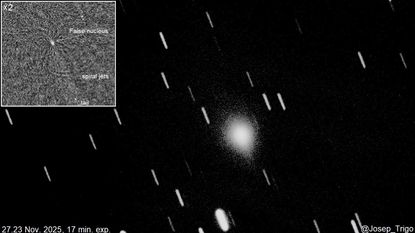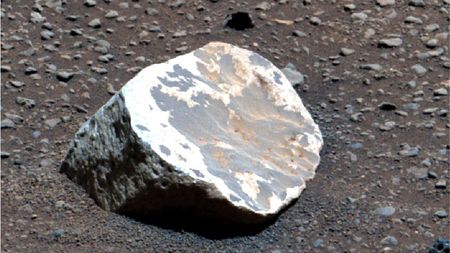Space news, features and articles
Space is a seemingly infinite world of wonder and discovery, filled with mysterious black holes, stunning solar flares, elusive exoplanets and countless cosmic oddities. Our team of expert science writers and editors are ready to hold a lens like that of the James Webb Space Telescope beyond Earth, keeping those on this planet up to date with the latest space news, articles and features.
Discover more about space
—Space photo of the week: Extraordinary images of our sublime universe
—Solar system quiz: How well do you know our cosmic neighborhood?
—Check out some jaw-dropping James Webb Space Telescope images
Latest about Space
-
-
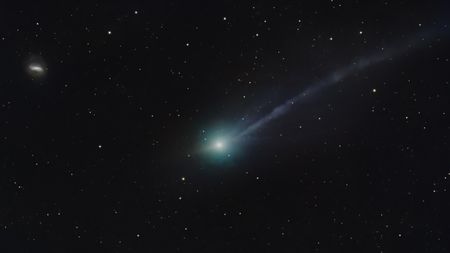 LIVE
LIVELatest science news: Comet 3I/ATLAS jet | Flu mutation | Italian bears evolving
By Patrick Pester Last updated
-
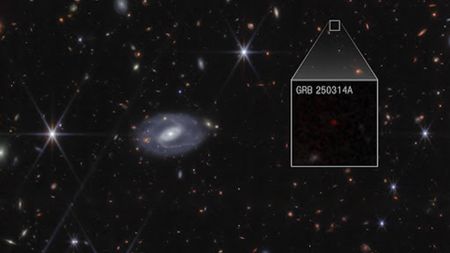
James Webb telescope may have spotted the earliest supernova in the universe
By Shreejaya Karantha Published
-
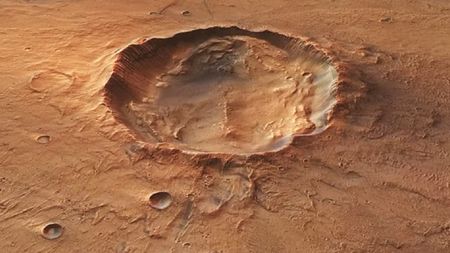
City-size 'cosmic butterfly' carved into Mars' surface contains traces of ancient water
By Harry Baker Published
-
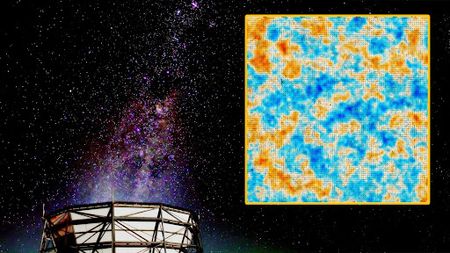
30 models of the universe proved wrong by final data from groundbreaking telescope
By Paul Sutter Published
-
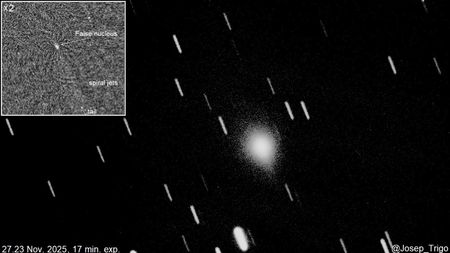
The UN's International Asteroid Warning Network is closely watching comet 3I/ATLAS. Here's why.
By Elizabeth Howell Published
-
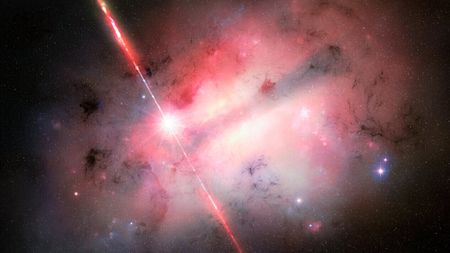
Strange, 7-hour explosion from deep space is unlike anything scientists have seen — Space photo of the week
By Jamie Carter Published
-

Comet 3I/ATLAS is getting greener and brighter as it approaches Earth
By Brandon Specktor Published
-
Explore Space
Astronomy
-
-

James Webb telescope may have spotted the earliest supernova in the universe
By Shreejaya Karantha Published
-

City-size 'cosmic butterfly' carved into Mars' surface contains traces of ancient water
By Harry Baker Published
-

30 models of the universe proved wrong by final data from groundbreaking telescope
By Paul Sutter Published
-

The UN's International Asteroid Warning Network is closely watching comet 3I/ATLAS. Here's why.
By Elizabeth Howell Published
-

Strange, 7-hour explosion from deep space is unlike anything scientists have seen — Space photo of the week
By Jamie Carter Published
-

Comet 3I/ATLAS is getting greener and brighter as it approaches Earth
By Brandon Specktor Published
-
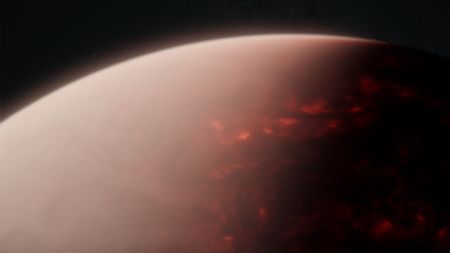
James Webb telescope uncovers a new mystery: A broiling 'hell planet' with an atmosphere that shouldn't exist
By Tia Ghose Published
-
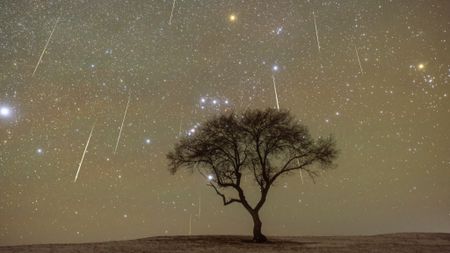
See up to 150 'shooting stars' per hour this weekend as the Geminid meteor shower reaches its stunning peak
By Jamie Carter Last updated
-
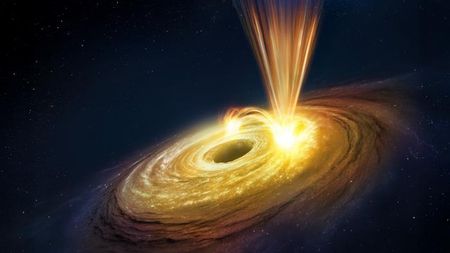
'A scale almost too big to imagine': Scientists spot monster black hole roaring with winds at more than 130 million mph
By Joanna Thompson Published
-
Extraterrestrial Life
-
-
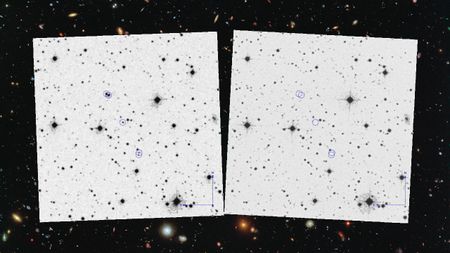
Scientists are debating a 70-year-old UFO mystery as new images come to light
By Sharmila Kuthunur Published
-
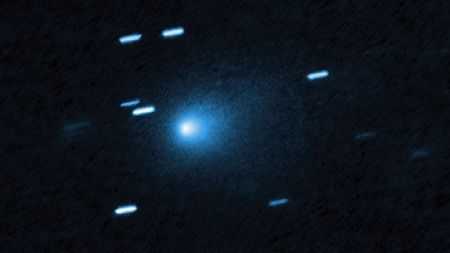
Is it aliens? Here's why that's the least important question about 3I/ATLAS.
By Laura Nicole Driessen Published
-
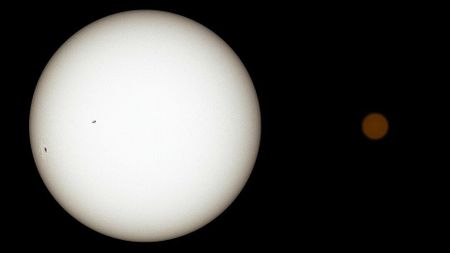
Chinese scientists hunt for alien radio signals in 'potentially habitable' TRAPPIST-1 system
By Mark Thompson Published
-
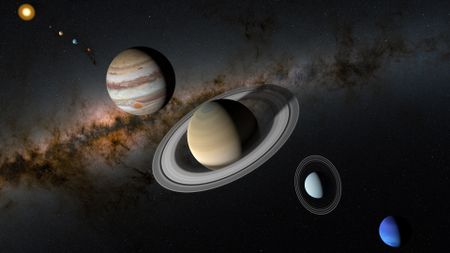
Where could alien life exist in our solar system?
By Damien Pine Published
-

Camera trap in Chile detects strange lights blazing through the wilderness. Researchers are scrambling to explain them.
By María de los Ángeles Orfila Published
-

Will the James Webb telescope finally lead us to alien life?
By Brandon Specktor Published
-
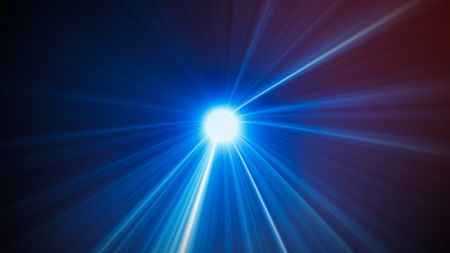
Cosmic rays could help support alien life on worlds outside the 'Goldilocks zone'
By Joanna Thompson Published
-
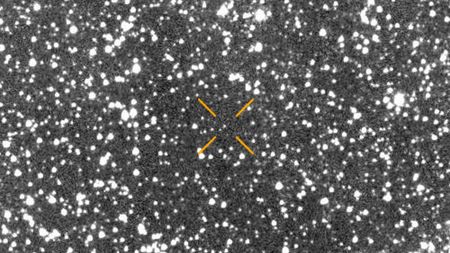
Controversial paper questions whether interstellar visitor 3I/ATLAS is 'possibly hostile' alien tech in disguise
By Harry Baker Published
-
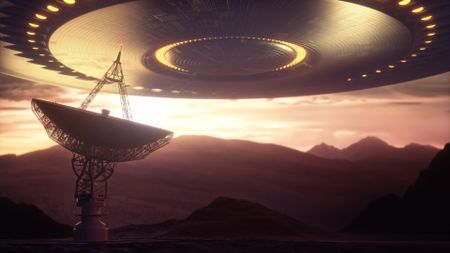
Aliens: Facts about extraterrestrial life and how scientists are looking for it
By Stephanie Pappas Published
-
Space Exploration
-
-

'Necessary for the future of humankind': Who was honored at the first-ever Global Space Awards?
By Harry Baker Published
-
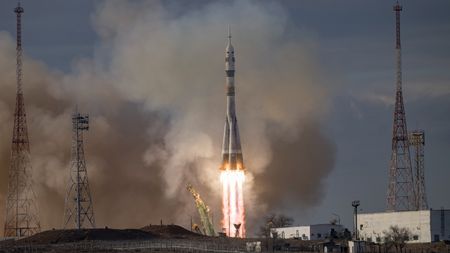
Russia accidentally destroys its only working launch pad as astronauts lift off to ISS
By Harry Baker Published
-
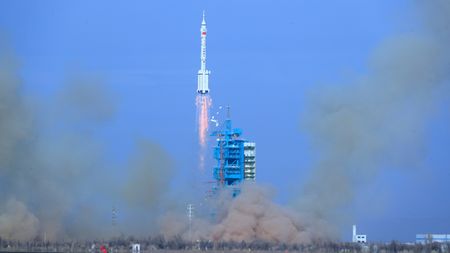
Marooned no more! Stranded Chinese astronauts finally have a way home following launch of unmanned 'lifeboat'
By Harry Baker Published
-
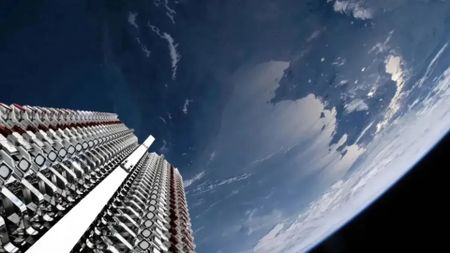
Secretive SpaceX satellites operated by US government are shooting disruptive radio signals into space, astronomer accidentally discovers
By Harry Baker Published
-

Three more Chinese astronauts are now stranded in space following successful rescue of their colleagues
By Harry Baker Published
-
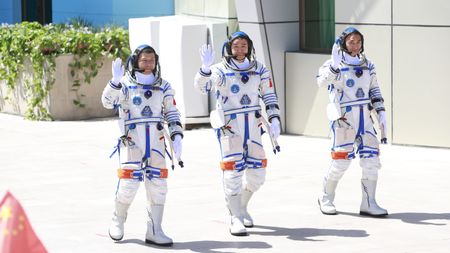
Chinese astronauts are back on Earth after suspected 'space junk' strike left them stranded in space
By Patrick Pester Published
-
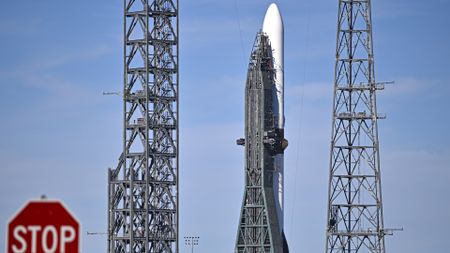
Blue Origin New Glenn rocket: New launch window for historic Mars mission after solar storm delay
By Elizabeth Howell Last updated
-
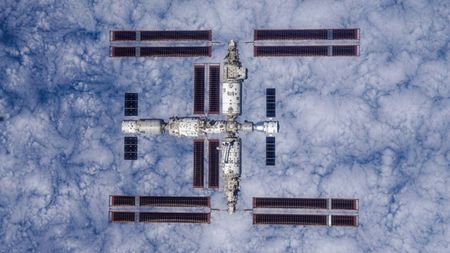
'Stranded' astronauts aboard Chinese space station are preparing to come home — but no date has been announced
By Ben Turner Published
-

Three Chinese astronauts stranded in space after debris hits their return capsule
By Harry Baker Published
-
More about Space
-
-

Comet 3I/ATLAS is getting greener and brighter as it approaches Earth
By Brandon Specktor Published
-

James Webb telescope uncovers a new mystery: A broiling 'hell planet' with an atmosphere that shouldn't exist
By Tia Ghose Published
-

'Necessary for the future of humankind': Who was honored at the first-ever Global Space Awards?
By Harry Baker Published
-


